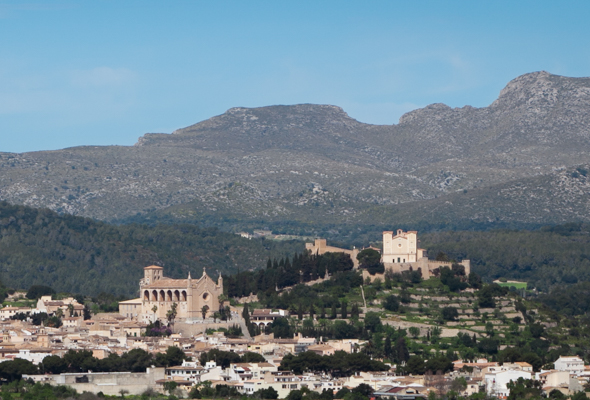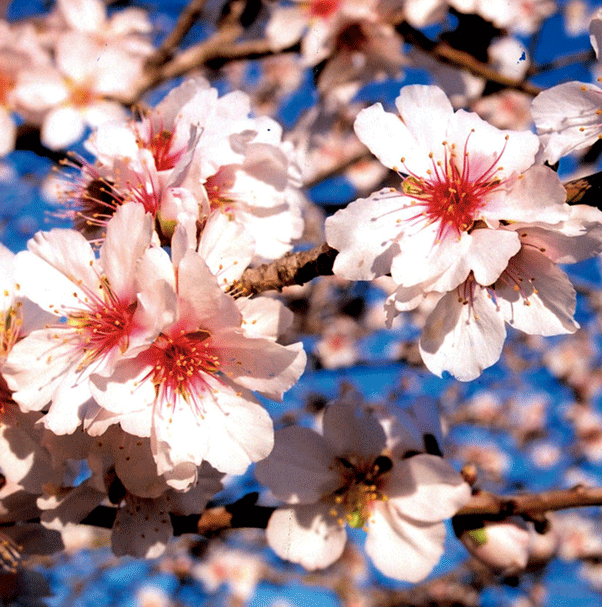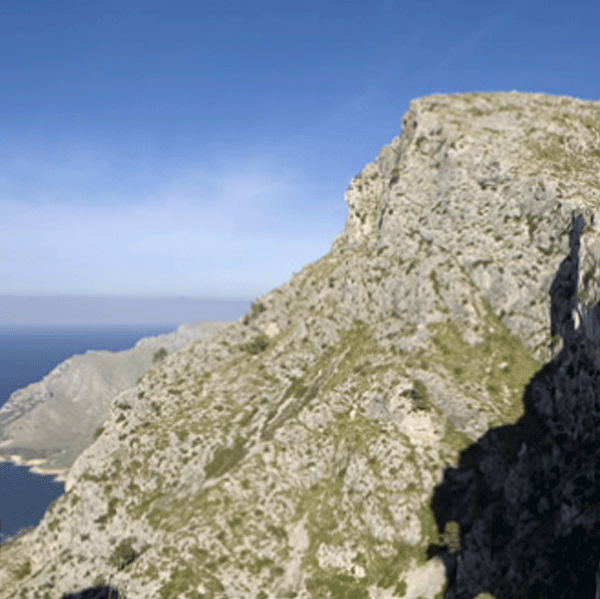Get to know
Artà
Artà is on the north-eastern area of the island, in the so-called Levant County, 68 kilometres from Palma and 20 kilometres from Manacor. A surface of 140 square kilometres, where we can find a large diversity of landscapes such as mountains, beaches and cultivated lands. Beside the town of Artà, we find other urban centres such as Colònia de Sant Pere, Montferrutx, Betlem or S'Estanyol, all of them on the shore of Alcudia bay.
Population centres
Artà has 7.549 inhabitants distributed among the towns of Artà, Colònia de Sant Pere and the urbanizations of Betlem and S'Estanyol.


Artà
Artà is built in a large valley dominated by the hill of Sant Salvador, a popular emblematic place where we find a fortress and a small church. Its origins go back to forgotten ancient times. The village preserves a large number of prehistoric monuments that represent the different phases of Balearic prehistory: dolmens, funerary caves, talayots and talayotic villages, among others. Many of them are considered as reference points in the island for their importance and exclusivity. Undoubtedly, Roman domination also left its traces and, during the Muslim period, the peninsula of Artà was one of the thirteen districts resulting from the division of the island. This wide district was called Yartân, which has evolved to the present toponym.
Since the Catalan conquest, the town started to extend along the base of the small mountain, staying away from the sea due to the constant threat of Algerian and Turkish pirate attacks. The history of Mallorca has conditioned the urban and architectural layout of the village. We can observe this combination of tradition and history with modernity through the streets of Artà. A good example is the theatre.
Isolated from mass tourism, Artà has kept its traditional culture deeply-rooted.
Colònia de Sant Pere, Betlem and S'Estanyol
This small population centre administrated from Artà has its origins in the 19th century, as a consequence of the decrees for agricultural areas established by the central government. A group of families moved to a place that was then was separated from the rest of the world and dedicated to agriculture and fishing. Some traces are left from this agricultural past, like the fig trees and vineyards that open their green leaves to the sea every summer. Nowadays, Colònia de Sant Pere is a summer residence for many local people who long for the calmness next to the sea.
During the 60s, a series of areas dedicated to residential tourism were built near to Colònia de Sant Pere: the urbanization of Betlem and Sant Pere, situated between Colònia and Caló. Afterwards, other two population centres were planned towards the beach of Sa Canova: Montferrutx and S'Estanyol. Beside Colònia de Sant Pere, we can distinguish two more centres of population: S'Estanyol and Betlem. These two residential areas are mostly property of foreign tourists that visit the island regularly to enjoy the Mediterranean climate.

Climate
Artà, as Mallorca in general, enjoys a Mediterranean climate with soft and humid winters and temperatures that range between 13ºC to 15ºC, although minimums can fall to less than 7ºC. Summers are hot and dry, with average temperatures ranging between 30ºC and 32ºC, although during August sporadic storms are usual. The island has a mild climate with no extreme temperatures because the sea acts as a thermal regulator. Winter snowfalls are rare but can occur intensely on the highest points of the Serra de Tramuntana.

Landscapes
Arta's 25 kilometres long coast line has not been urbanized and preserves its natural state. Some outstanding places that are worth a visit are the beach, the dune of Sa Canova, the coastal plain of Colònia de Sant Pere and the high cliffs of Cap de Ferrutx, a refuge for some of the rare species of the island's flora and fauna like the native peony Paeonia Cambessedesii, the fishing eagle or the peregrine falcon. Finally, the visitor can't miss a series of small coves with sand beaches that go from s'Arenalet d'Albarca to Cala Torta.
Artà is built in the middle of a large valley. Its landscape still preserves isolated extensions of oak groves, but it is mostly characterized by small plots closed with dry wall where we find almond, fig and carob trees.
The mountain is dominated by olive trees, although their cultivation is nowadays abandoned. Furthermore, the curious visitor will see how the construction of marges (Mallorcan dry stone walls) permitted their cultivation in this steep area. The natural vegetation features large extensions of reed with the silhouette of palms drawing the unique personality of this area. We also find Mediterranean garrigue vegetation with a large number of shrubs, wild olive trees and some pine forests. This mountainous landscape is completed with the Mallorcan estates known as possessions, an unquestionable symbol of the importance of farming activities.

Economy
Artà's economy, as the rest of the island, suffered an spectacular change from the 60s onwards. From a mainly agricultural economy it passed to another where the service sector predominates, being tourism its driving force. Artà follows this dynamic: a small percentage of people work in the primary sector, which are less than the 3% of active population; a significant part is dedicated to the second, specially the building sector; and a large majority work in the service sector. Over the past years, the sleepy centre of the town has seen how the restaurant industry has increased rapidly its volume of work, specially during the summer period. Nevertheless, the influence of rural hotels, agrotourism and activities like hill walking have permitted tourism deseasonalisation, turning into a more ecological and sustainable tourist model.
